By Hannah Means-Shannon
There’s something about walking into the New York Comic Con before it officially opens and seeing all the surprisingly graceful last minute preparations. Maybe it’s because the hard work is done and people are waiting with a kind of satisfaction for the biggest party in New York to start. Die-hards bought four day passes and celebrated with really pro cosplay that didn’t have to face the brunt of jostling crowds, but lines still snaked up and down staircases waiting patiently for the floor- and what a floor it was- to open at 3.
If you’ve been to NYCC in previous years, you’re going to notice a subtle difference this year, but one that has an impact on atmosphere. The avenues are wider, the arrangement of featured tech and booths seems more planned and harmonious, but complementing all of that is all-out design and display of signage from major players like DC, Lego, and Nintendo. With the floor nearly empty before opening Thursday, it felt like a soothing museum of pop culture artfully displayed. Even when the doors opened and people filled the walkways, it still looked impressive.
Panels jump-started the con before the floor opened, and by 5PM a legendary panel spotlighting cartoonist Irwin Hasen , now in his nineties, moderated by former Marvel editor, writer and educator Danny Fingeroth, and including a supporting cast of comics history-makers Al Jaffee, Paul Levitz, and Stan Goldberg. This panel set the standard astonishingly high for the rest of the con. It may well be that no other panels this NYCC could manage to live up to the humor, unpredictability, and sheer madcap celebration of comics that Irwin Hasen and his friends introduced. Hasen appeared dapper in a black jacket and fedora, and took the panel on quite a tour of wit, wisdom and anecdote that never travelled in a predictable direction. Hasen opened with a declaration, that he had “never laughed so much in his life” as when working in comics. Jaffee, always eloquent, commented “Irwin’s middle name is irrepressible” and Levitz added that Hasen, at age 25, must have been “even more frightening than he is now” in terms of sheer energy and verve. Hasen swore his way through the panel like a sailor, and interjected his own commentary into his friend’s tales, all of which was received with applause. The audience no doubt felt that they had never laughed so much in their lives.
Levitz narrated a summer trip in Italy with Hasen in younger days, Hasen himself added an anecdote about meeting his favorite singer, Frank Sinatra, and Jaffee brought up the ever-present subject of Hasen’s love life. Hasen proclaimed unashamedly that his Wonder Woman covers were the product of adoring life-models. Hasen’s editor on his recent autobio graphic novel LOVERBOY, J. David Spurlock, took to the podium to tell a story of his own roadtrip with Hasen once upon a time. The constants were clear in these narrated episodes: Hasen has always been Hasen, viewing the world from his own peculiar angle and enriching the lives of his friends and fans with his tremendous energy. Fingeroth, when he found that it was time to wrap up the panel, confessed “I don’t want to wrap it up anyway”, echoing the feelings of the audience. Instead, Hasen wrapped it up himself, launching into his own fond farewells and thanking the large audience assembled for coming out to celebrate his personality and his work.
Across the hall shortly afterward, very different history was being made as a panel of Image Comics creators assembled to discuss a new retrospective documentary from Sequart Research and Literacy Organization, THE IMAGE REVOLUTION set for release in 2013. Director Patrick Meaney, producer Jordan Rennert, and surprise guests from among Image’s creators appeared in conversation interspersed with clips from the documentary that often showed the humorous side of evolving perceptions of Image during its inception and ongoing history. The panelists spoke with great candor about financial gains, losses, and the necessity for creator-owned and driven work. They felt that the comics industry has indeed changed for the positive in the intervening years, with more business models implemented to steadily build new creator-owned franchises over time. The documentary, Meaney explained, really focuses in on the “7 founders” and “their journey” through the “ups and downs” of the 90’s. While panelists felt that some of the “original” vision behind the founding of Image, such as the desire to keep all their comics loosely operating within the same universe, have not remained “in tact” as Image has changed and evolved, its core principles have.
Robert Kirkman of THE WALKING DEAD, who is also a featured guest of NYCC(and images of the AMC TV series dominate the Javitz entry halls), became a natural subject of discussion since he has changed the perception of Image’s typical comics production in the market place. Footage from the documentary astonished the audience when they learned that Kirkman’s script was turned down by Image repeatedly until he introduced a concluding alien invasion plotline behind his zombie apocalypse. Once the series had caught on, Kirkman admitted his intentional ruse, but THE WALKING DEAD was on its way to becoming a runaway success. When asked about the future goals of Image Comics, panelists reinforced the original vision of the company, to build a “collective of unique, creative people who are able to do things the way they want” which they have found to be the key to creative success and longevity. Q and A from the audience pried into the factors behind the founding of Image Comics, but if they really want the scoop, they’ll have to wait for the documentary, which promises to be not only revealing but insightful about the ways in which Image has learned to collectively sustain creative projects over time.
A walk through artist’s alley following the panels was just as immediately striking as first impressions of the show floor. The relocated alley was so vast that its domain could be labeled palatial, and the number of artists present had swelled to fit the new digs. Brightly lit, also spaced for ease of access, the room gave the impression that comic art was being specifically showcased as a major contributing element of the con. These enhancements at NYCC 2012 are certainly for the better, and bring an even brighter con experience to many ticket-holders than they have experienced in recent years, not to mention a more upbeat atmosphere for vendors and comics creators who take part.
Hannah Means-Shannon writes and blogs about comics for TRIP CITY and Sequart.org and is currently working on books about Neil Gaiman and Alan Moore for Sequart. She is @hannahmenzies on Twitter and hannahmenziesblog on WordPress.



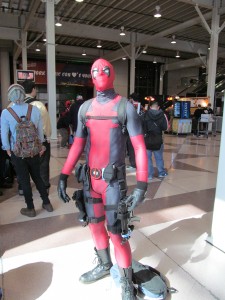
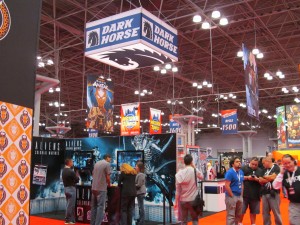
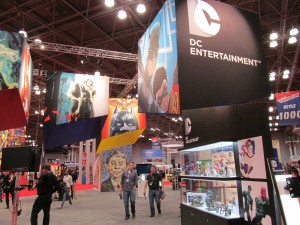
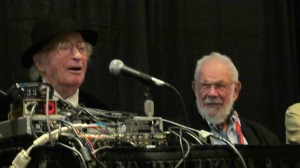
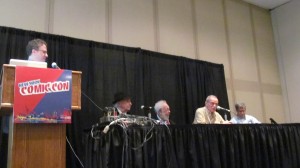
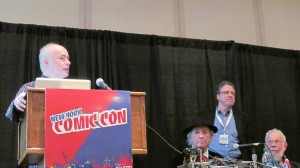
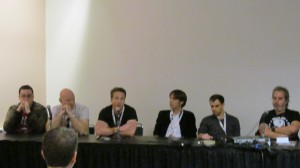
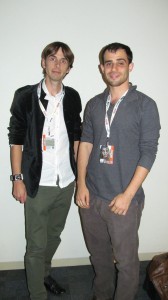

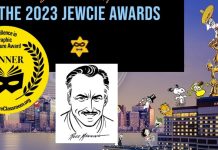
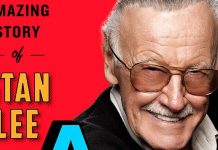

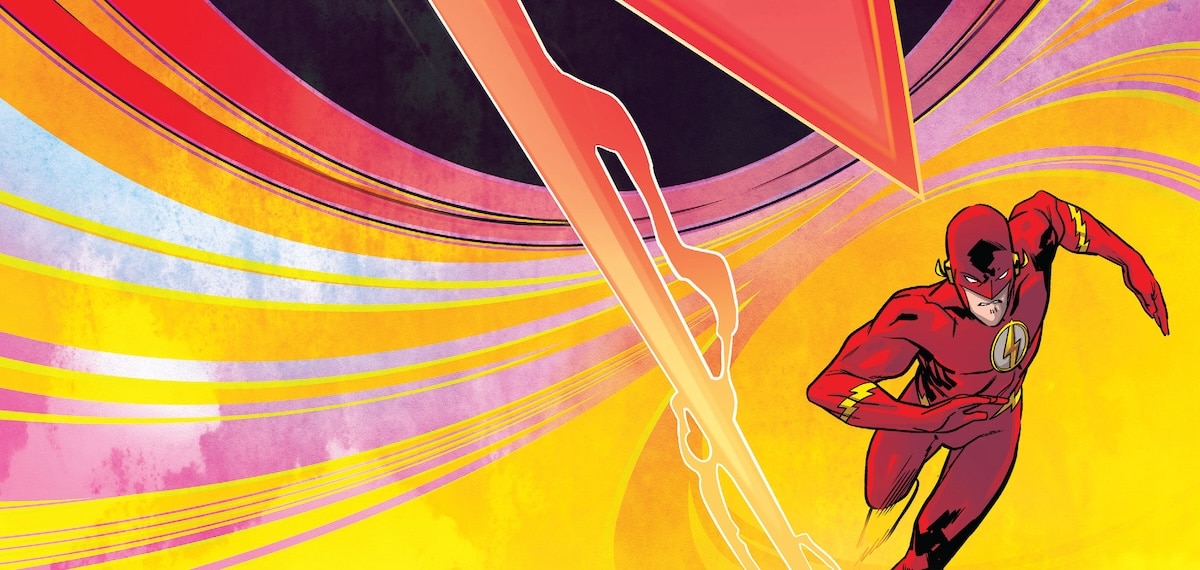

RESPECT FILM guys are sooooo hot.
Comments are closed.